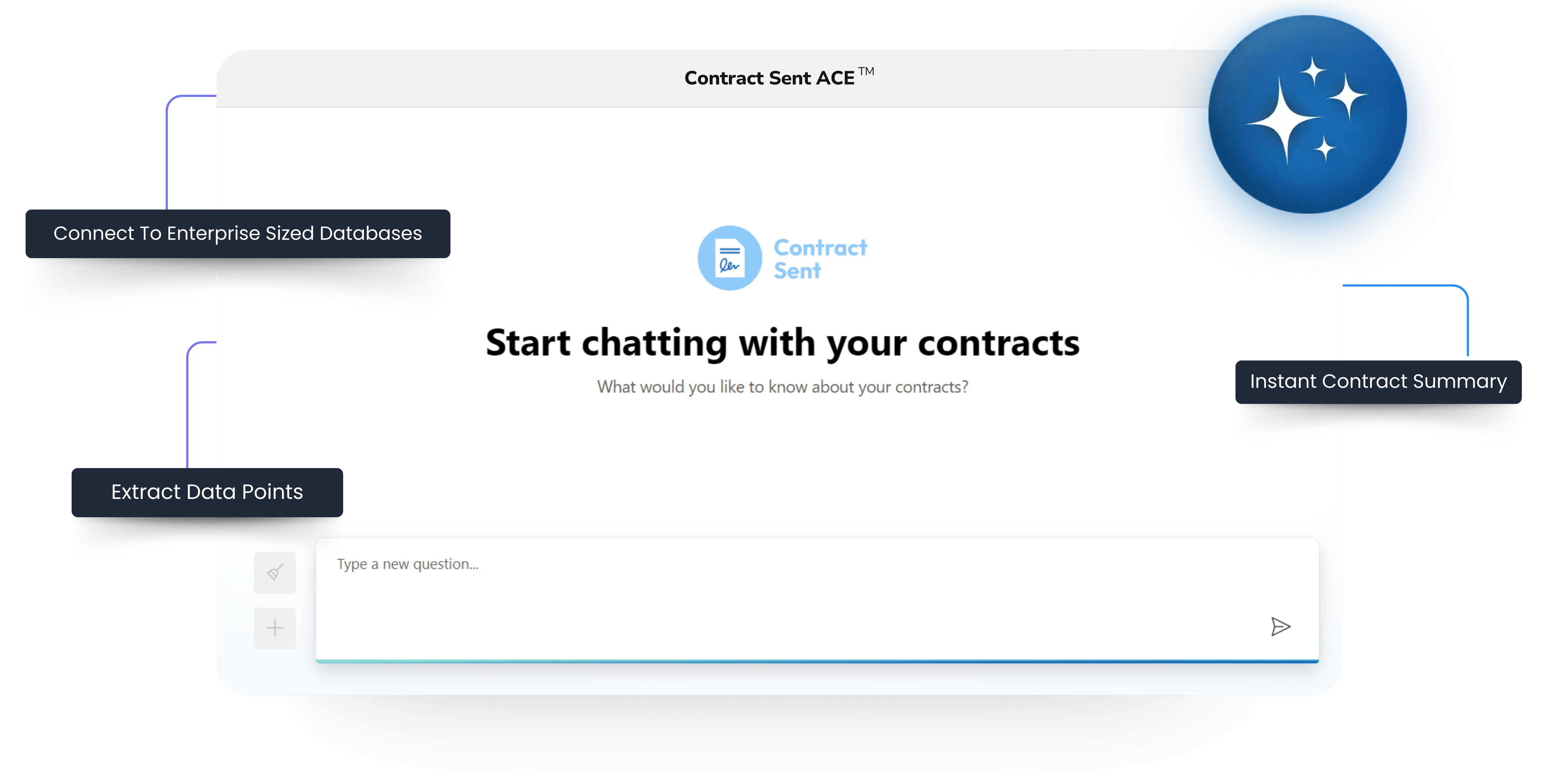Getting into your startup journey and asking how to build a replicable sales model? After you first few customers a lot of startups start hitting a wall, learning to sell to a few people is a lot different to learning to sell to a lot of people, having a replicable sales model is essential for getting over this hump. A replicable sales model refers to a structured approach to selling that can be duplicated and scaled across a number of different sales people, different markets and regions. This write up jumps into the key steps and strategies involved in building a replicable sales model that drives revenue and helps startups get over the hump they often face in business expansion.
First – The Basics of Scaling Sales
1. Understanding Your Target Audience
Before even looking at developing a replicable sales model, it’s important to have a deep understanding of your target audience. A lot of this comes from founders. Founders have often worked with the problem they are trying to solve. This insight as well as conducting thorough market research and analysis to identify customer demographics, preferences, and pain points is key to understanding what your customer needs. Additionally, creating detailed buyer personas helps tailor your sales approach to meet the specific needs of your target audience.
2. Developing a Unique Value Proposition
A clickable value proposition sets your business apart from competitors and will make your target audience take action. It’s essential to identify your unique selling points and articulate them clearly to potential customers. Iterating and finding a value proposition that addresses the key pain points of your target audience can significantly increase your sales effectiveness.
3. Setting Clear Goals and Objectives
Setting clear, measurable goals and objectives is vital for guiding your sales efforts and tracking progress. Whether it’s achieving revenue targets or expanding into new markets, establishing SMART (Specific, Measurable, Achievable, Relevant, Time-bound) goals ensures focus and accountability within your sales team. These should be set up above and beyond just sales targets. But at the end of the day sales numbers are what matters so make sure all of their outcomes point in that direction.
Still digging in folders?
Faster contract reviews & data access
Now – The Difficult Part
The biggest difficultly that a lot of startups have is in duplicating what’s in the founders head. Founders bring years of experience, industry knowledge and understanding of the problem to the table but if they are unable to articulate that and have others duplicate what they do then scaling will be very very difficult.
4. Building an Efficient Sales Team
A successful replicable sales model relies on having the right talent in place – or at least training the right talent. Hiring individuals with the necessary skills, experience, and cultural fit is crucial for building a high-performing sales team.
This is where the work starts for the founders. Getting them to properly communicate to sales people what the problem they are really trying to solve is will mean the success or failure of a lot of sales people. Some sales people just ‘get it’. They can be onboarded with very little and succeed. Others don’t. In scaling your sales operation it’s important to document problems, show use cases of customers and really distil the value that customers are getting out of your product into something that the sales team can communicate. Investing in comprehensive internal training and development programs empowers your sales representatives to excel in their roles.
5. Leveraging Technology and Automation
Technology plays a massively important role in making sales processes work as well as increasing efficiency. Implementing Customer Relationship Management (CRM) systems and sales automation tools helps track leads, manage customer interactions, and automate repetitive tasks. By leveraging technology, you can optimize your sales efforts and focus on building meaningful customer relationships.
6. Creating a Scalable Sales Process
A well-defined and scalable sales process lays the foundation for replicating success across different markets and regions. Mapping out the customer journey from initial contact to conversion helps identify key touchpoints and streamline the sales pipeline. Implementing standardized processes ensures consistency and enables easy replication across various sales channels.
7. Measuring and Analyzing Performance
Measuring key performance indicators (KPIs) is essential for evaluating the effectiveness of your sales efforts and identifying areas for improvement. Regular reviews of pipeline, data cleanliness, performance reviews and data analysis provide valuable insights into sales performance, customer behavior, and what’s happening out there in the market. By tracking KPIs, you can make data-driven decisions and optimize your sales strategy for better results.
8. Continuous Improvement and Adaptation
Building a replicable sales model is an iterative process that requires continuous improvement and adaptation. Staying updated with what everyone else in your industry is doing, customer feedback, and competitive insights allows you to refine your sales approach and stay ahead of the curve. Making sure that you have a culture of innovation and learning ensures long-term success in an a dog eat dog market.
9. Scaling Your Sales Model
Once you’ve established a successful replicable sales model, the next step is scaling it for further growth and expansion. This involves replicating your sales processes, strategies, and best practices across different markets and regions. Scaling your sales model requires strategic planning, resource allocation, and a commitment to maintaining consistency and quality across all sales channels.
Case Studies: Successful Replicable Sales Models
Examining real-world examples of companies with effective replicable sales models provides valuable insights and inspiration. Case studies highlight the sales strategies, tactics, and best practices that have led to success in diverse industries and markets. Learning from these examples can inform your own approach to building a replicable sales model tailored to your business objectives. We have a write up of companies that have made this there bread and butter here.
Challenges and Solutions
Building a replicable sales model comes with its own set of challenges, from cultural differences to market dynamics. However, with the right strategies and solutions in place, these challenges can be overcome. By anticipating potential obstacles and proactively addressing them, you can ensure the smooth implementation and execution of your sales model.
A lot of startups struggle when they ask themselves how to build a replicable sales model. Getting it right is essential for driving revenue growth, expanding into new markets, and long-term success – well, let’s be honest, it’s what will either make or break you. By understanding your target audience, building up a clickable value proposition, and implementing efficient sales processes, you can create a scalable and sustainable sales model that delivers results. Continuous improvement, adaptation, and a commitment to excellence are key to thriving in today’s massively competitive market place.











